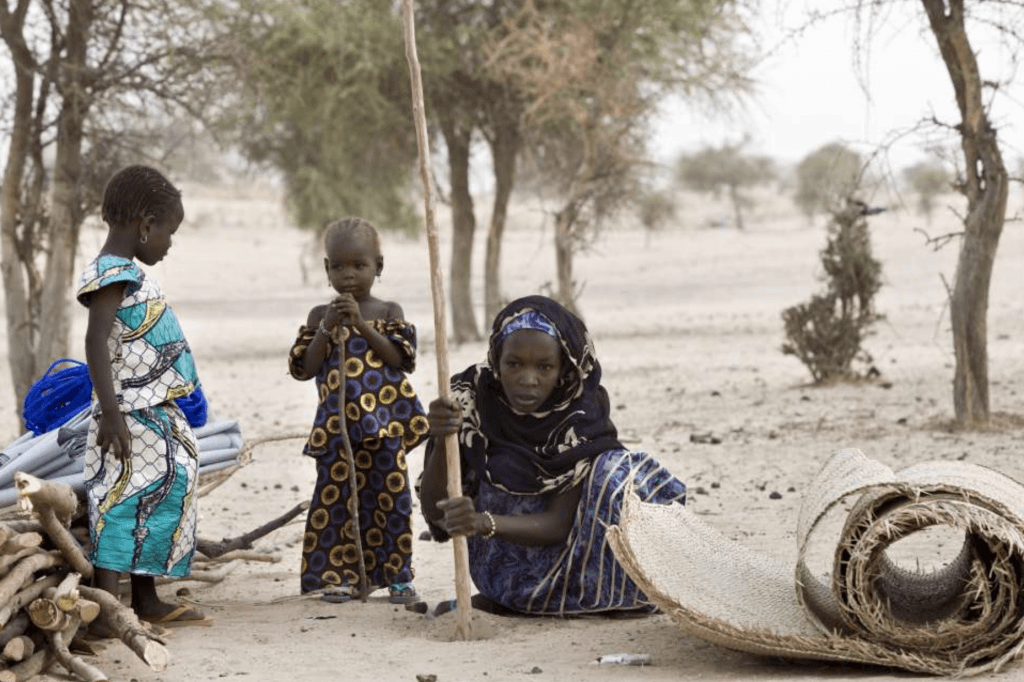Boko Haram started as an isolationist movement in 2002 and little was known about the group. However, the group became prominent because of the killing of its leader by the Nigerian forces in 2009. Consequently, Boko Haram became a full-blown violent group with connections to other violent international movements. Boko Haram has killed over 10,000 people and has displaced over two million people in the Northeast of Nigeria. The existing literature on Boko Haram suggests that Boko Haram’s goal is to establish a strict Islamic state in Nigeria, however evidence suggests that the organisation is trans-national, and is spreading into Nigeria’s neighbouring countries, particularly in the Lake Chad region. Previous studies also suggest that poverty, religion and the Nigerian counterterrorism efforts (grievances) are responsible for the cause and motivation of Boko Haram’s campaign of violence. However, empirical studies in the broader field of terrorism and political violence challenges such arguments. These respective studies seem to inadequately explain the variation of Boko’s behaviour over time. As such, this presentation is an account of Ph.D. fieldwork that describes the researcher’s approach to interviews conducted in Nigeria, particularly since Boko Haram is an active violent movement. Conducting interviews on active violent movements is a difficult task because of the security and clandestine nature of violent movements. Therefore, this presentation explains how senior state officials, local negotiators and experts on Boko Haram were interviewed. Additionally, it explains the challenges and successes of the interviews conducted.
The birth of Boko Haram and its path to violence

